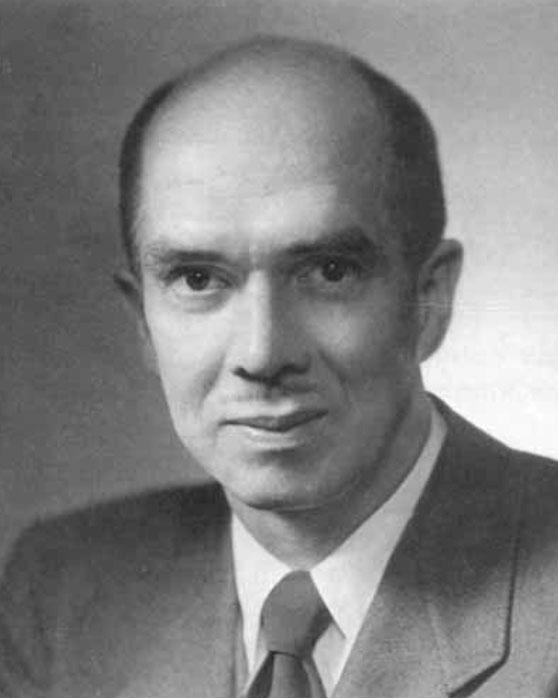
Gerry B. Schnelle, VMD, died May 4, 1976, in an automobile accident in Gainesville, Florida. After graduating from Phoenixville, Pennsylvania High School in 1922, he attended Iowa State University. In 1924 he enrolled at the University of Pennsylvania, becoming a member of Phi Zeta Honorary Society, and graduating in 1926. In 1926 Dr. Schnelle joined the staff of Angell Memorial Animal Hospital, where he became Assistant Chief of Staff in 1942. During World War I1 he was a Captain in the Army Veterinary Corps. He served with distinction as Chief of Staff from 1950 until 1966. After retiring as Chief of Staff he was Veterinarian-in-Charge of the Massachusetts SPCA’s Nantucket Animal Hospital until 1970. For many years he was also a Vice President of the MSPCA, and a Director of the American Fondouk, an animal hospital in Fez, Morocco. His career with the MSPCA spanned 44 years. Dr. Schnelle’s contributions to small animal medicine would require many pages to compile, let alone describe. He had written over 100 scientific articles, served on the editorial boards of Merck Veterinary Manual, North American Veterinarian, Journal of Small Animal Practice, Journal of the American Veterinary Radiology Society, and was editor of Veterinary Excerpts. He authored the first English language textbook in Veterinary Radiology, “Radiology in Canine Practice,” 1945. Dr. Schnelle was a renowned speaker not only to national and international veterinary groups, but also to medical groups such as the American Roentgen Ray Society and the New England Roentgen Ray Society. Among the awards Dr. Schnelle received are Gaines’ Veterinarian of the Year (1950), Morris, Small Animal Award (1959), and Royal Veterinary College, Stockholm, Sweden, Veterinarmedicine Doktor Honoris Causae, (1971). The Pathology Department at Angell Memorial and a Radiology Suite at the University of Pennsylvania School of Veterinary Medicine are named in his honor. Dr. Schnelle was a founder and emeritus member of the American College of Veterinary Radiology. He was a past president of both the Massachusetts and New England Veterinary Medical Associations, and a member of the American Veterinary Medical Association and the American Animal Hospital Association.
Although Dr. Schnelle’s interests and influence were widespread, his major interest was Veterinary Radiology. His was the original description of canine hip dysplasia (1935). And he was among the first to recognize both the hazards and potential usefulness of radiology as a diagnostic tool in small animal medicine. One need only read his scientific articles of the 1930’s and 40’s to recognize his unique insights and perceptive judgments that were often far in advance of the remainder of the profession. Dr. Schnelle’s influence was most keenly felt by his fellow staff members and by those for whom he felt a special pride, the hundreds of interns he trained at Angell Memorial. Through his own personal example, discipline and unyielding efforts, he set the high standards for Angell Memo- rial during the years he was Chief of Staff. A brilliant man to the end, he will be remembered by those of us associated with him with re- spect and gratitude, as one who always gave more than he took. The plaque in the Pathology Department at Angell Memorial accurately describes him as “a discerning, sympathetic clinician, provocative teacher, and dedicated Chief of Staff.” Dr. Schnelle is survived by his wife Dorothy (Ayles) of Fort Myers, a son Robert Gerry; and his daughters Barbara Orton, Jo-Anne Katz, and Ar- lynne Grearson.
Author: Dr. Lawrence J. Kleine